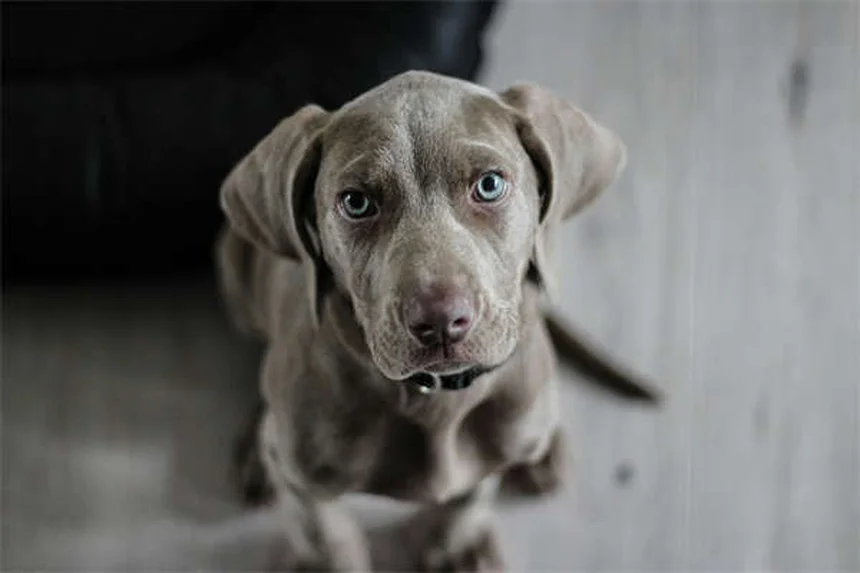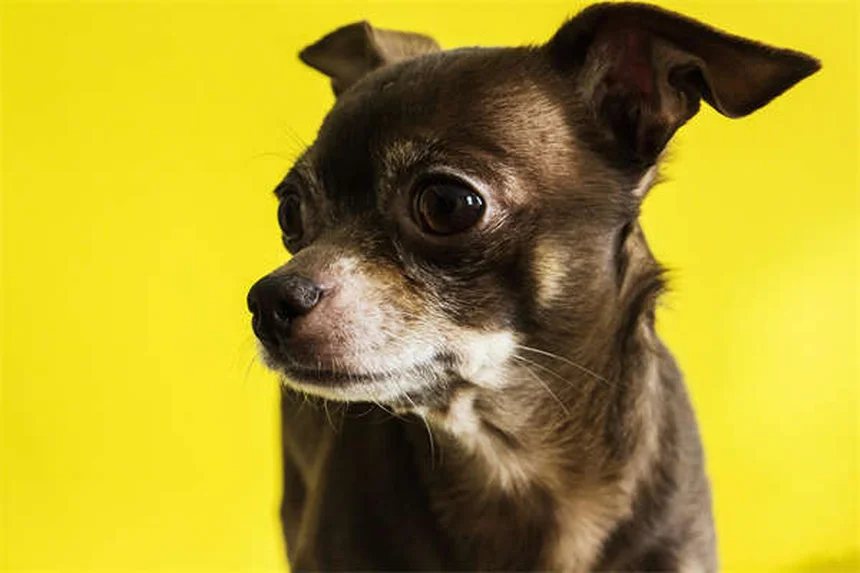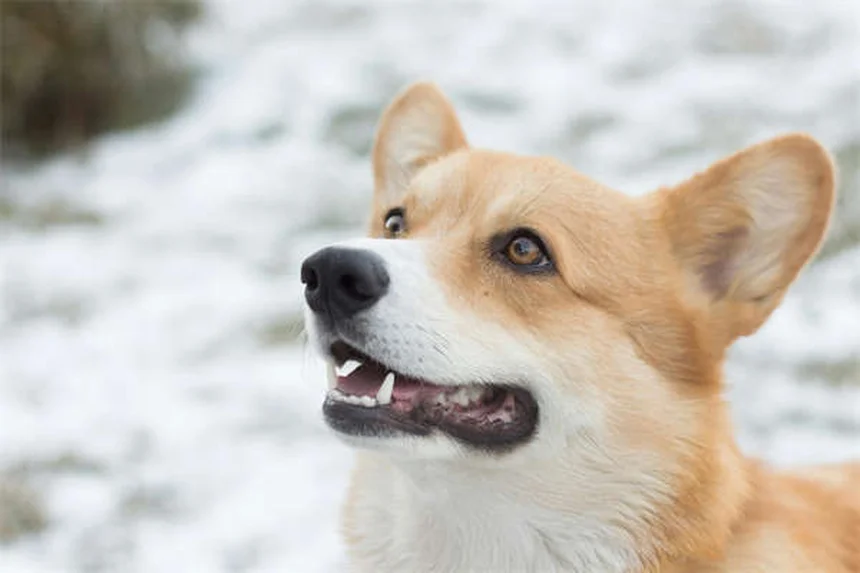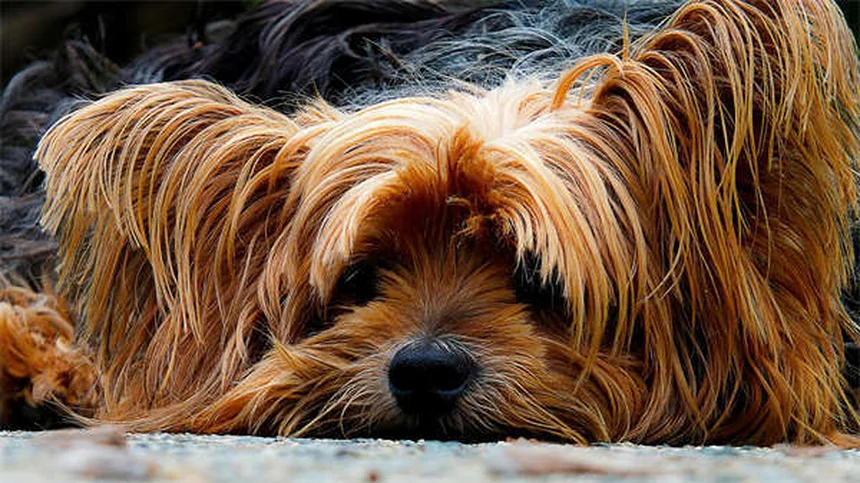Do cats have belly buttons? The answer is yes - cats absolutely have belly buttons, just like humans and most mammals! While they're not as obvious as ours, that tiny scar on your kitty's tummy tells the story of their birth. A cat's belly button forms when the umbilical cord detaches after birth, explains Dr. Emily Gamm, a veterinarian at South Sioux Animal Hospital. It's essentially a small, flat scar hidden under all that soft fur.You're probably wondering why you've never noticed your cat's navel before. Here's the deal: cat belly buttons are masters of disguise! They're typically:- About the size of a pencil eraser- Flat rather than indented- Nearly impossible to see under thick furI've had cats my whole life and only recently discovered this fascinating feline fact myself. Let's dive deeper into this purr-plexing topic!
E.g. :How to Tell if Your Kitten is Male or Female: 5 Simple Steps
Advertisement
- 1、The Mysterious Case of Cat Belly Buttons
- 2、Belly Button Location Guide
- 3、The Great Belly Button Appearance Debate
- 4、Belly Button Mysteries Solved
- 5、The Science Behind Feline Umbilical Scars
- 6、Belly Buttons Across the Animal Kingdom
- 7、Cultural Perspectives on Feline Navels
- 8、Fun Activities for Curious Cat Owners
- 9、Medical Insights for Concerned Pet Parents
- 10、Philosophical Thoughts on Feline Navels
- 11、FAQs
The Mysterious Case of Cat Belly Buttons
Yes, Cats Do Have Belly Buttons!
Ever scratched your cat's belly and wondered where their belly button is? You're not alone! While they're not as obvious as human belly buttons, cats absolutely have them. Under all that soft fur lies a small scar marking where the umbilical cord once connected them to their mother.
Dr. Emily Gamm, a veterinarian at South Sioux Animal Hospital, explains: "A cat's belly button forms just like ours does. When the mother cat chews off the umbilical cord after birth, it leaves behind a small scar - that's their belly button!" Fun fact: This makes cats part of the belly button club along with most mammals. Who knew?
Why Cat Belly Buttons Are So Hard to Find
Here's the thing - cat belly buttons are masters of disguise. Unlike our noticeable "innies" or "outies," a cat's navel is typically:
- A flat scar (not indented)
- Smaller than a pencil eraser
- Hidden under thick fur
Dr. Rochelle Hartson from IGH Animal Hospital puts it this way: "Unless you're specifically looking for it or your cat has a hairless belly, you'll probably never notice their belly button." This explains why so many cat owners are surprised to learn their feline has a navel at all!
Belly Button Location Guide
 Photos provided by pixabay
Photos provided by pixabay
Where to Look for Your Cat's Belly Button
If you're determined to find your cat's belly button (and brave enough to attempt belly rubs), here's where to look:
| Location | Description | Ease of Finding |
|---|---|---|
| Abdomen | Below the ribcage, midline | Moderate |
| Under fur | May need to part hair | Difficult |
| Hairless cats | Easily visible | Very easy |
Pro tip: Try feeling rather than looking. The belly button feels like a small, flat spot about the size of a pea. But be warned - most cats won't appreciate this exploration of their personal space!
Why Some Cats Make It Easier Than Others
Did you know some cats practically advertise their belly buttons? Hairless breeds like Sphynx cats often show their navels clearly. Also, kittens who had umbilical cord removal issues might have more noticeable belly buttons.
Here's a funny thought: If cats could talk, they'd probably say "Stop staring at my belly button!" But since they can't, we'll keep wondering about this feline mystery.
The Great Belly Button Appearance Debate
What Does a Cat Belly Button Actually Look Like?
Forget what you know about human belly buttons! Cat navels are completely different. Instead of deep "innies" or protruding "outies," they're typically:
- Small, flat scars
- About 2-3mm in size
- Similar to a healed vaccination mark
- Often the same color as surrounding skin
Interesting fact: The appearance can vary slightly depending on how the mother cat removed the umbilical cord. Some might be slightly more raised, while others are completely flat.
 Photos provided by pixabay
Photos provided by pixabay
Where to Look for Your Cat's Belly Button
Can cats have outie belly buttons? The answer is yes - but it's uncommon. Dr. Gamm explains: "While I see umbilical hernias more often in dogs, cats can get them too. It happens when the umbilical opening doesn't close properly after birth."
These "outies" occur when a small amount of fat gets trapped outside the body wall. But don't worry - unless it's very large, it's usually harmless. Just think of it as your cat's unique belly button style!
Belly Button Mysteries Solved
Why Cat Belly Buttons Matter
You might be thinking: "Why should I care about my cat's belly button?" Great question! While belly buttons don't serve any function after birth, they can sometimes indicate health issues. An unusually large or swollen belly button might signal:
- Infection
- Hernia
- Other medical concerns
But for most cats, the belly button is just a cute little scar from their earliest days. It's one of those fun facts that makes you appreciate feline anatomy even more!
Final Thoughts on Feline Navels
Next time your cat rolls over for belly rubs, take a moment to appreciate their hidden belly button. It's a reminder that:
1. Cats share more similarities with humans than we realize
2. Feline anatomy is full of surprises
3. Even the smallest details can be fascinating
Just remember - while you might never actually see your cat's belly button, you can now confidently say it's there. And that's one more cat mystery solved!
The Science Behind Feline Umbilical Scars
 Photos provided by pixabay
Photos provided by pixabay
Where to Look for Your Cat's Belly Button
You know how human belly buttons come in all shapes and sizes? Well, cats have their own unique belly button story. The big difference starts right after birth - while human doctors carefully clamp and cut the umbilical cord, mama cats do this job themselves by chewing it off!
This natural process creates a much smaller scar than what we humans end up with. Think about it like comparing a professional haircut to trimming your own bangs - both get the job done, but one leaves a cleaner finish. The mother cat's method results in that tiny, barely-there scar we call a feline belly button.
The Healing Process in Kittens
Ever watched a kitten's umbilical stump heal? It's actually pretty fascinating! Within about 3-5 days after birth, the remaining cord dries up and falls off naturally. Unlike human babies where we keep the area clean and dry, kittens rely completely on mom's care.
Here's something wild - that tiny scar heals so well that by the time kittens are ready for adoption at 8 weeks, you'd need a magnifying glass to spot it! Makes you wonder why human belly buttons take so long to heal properly, doesn't it?
The answer lies in our different birthing processes. Human umbilical cords are thicker and carry more blood vessels, requiring more complex healing. Cats, being the efficient creatures they are, evolved a simpler system that leaves minimal evidence behind.
Belly Buttons Across the Animal Kingdom
Which Animals Have Visible Belly Buttons?
Now that we've solved the cat belly button mystery, let's look at other pets. Dogs actually have more noticeable belly buttons than cats - usually a small vertical line about half an inch long. Some dog breeds even develop "outies" more commonly than cats do!
| Animal | Belly Button Visibility | Interesting Fact |
|---|---|---|
| Cats | Very hidden | Scar is often fur-colored |
| Dogs | Moderately visible | More likely to have "outies" |
| Horses | Clearly visible | Looks like a small dent |
| Dolphins | None visible | Completely smooth underside |
Funny enough, the animal with the most human-like belly button might surprise you - it's chimpanzees! Their navels look almost identical to ours because they share about 98% of our DNA.
Why Some Animals Don't Have Belly Buttons At All
Here's a mind-blowing fact - not all animals get belly buttons! Egg-laying creatures like birds and reptiles don't have umbilical cords, so no belly buttons. Even some mammals like marsupials (kangaroos, opossums) have different birthing processes that don't leave traditional belly button scars.
Imagine if you tried to find a belly button on a goldfish - you'd be searching forever! This makes placental mammals like us and our feline friends part of a special belly-button-having club. Makes you appreciate that tiny scar a bit more, doesn't it?
Historical Beliefs About Cat Belly Buttons
Ancient Egyptians, who basically invented cat worship, had some wild theories about feline anatomy. Some hieroglyphics suggest they believed a cat's belly button was the center of their magical powers! They thought rubbing it could bring good luck - though I don't recommend testing this theory unless you enjoy scratched hands.
In medieval Europe, superstitious folks claimed you could tell if a cat was a witch's familiar by examining its belly button. Of course, this was complete nonsense, but it shows how mysterious cat anatomy seemed before modern veterinary science.
Modern Pop Culture References
Ever notice how cartoon cats are rarely drawn with belly buttons? It's one of those funny artistic choices - even in movies like The Aristocats or Garfield, animators usually skip the navel. The only exception might be the Cheshire Cat from Alice in Wonderland when he makes his famous disappearing act!
This artistic omission actually makes sense when you think about it. Since real cat belly buttons are so hard to spot, including them in drawings would look unnatural. Though I'd love to see a children's book where finding the cat's belly button becomes a fun "Where's Waldo?" style game!
Fun Activities for Curious Cat Owners
The Great Belly Button Hunt
Want to turn this into a game with your feline friend? Here's how to conduct a scientific belly button investigation without losing fingers:
1. Wait until your cat is super relaxed (preferably sunbathing)
2. Gently stroke the belly area without applying pressure
3. If tolerated, part the fur to look for that tiny scar
4. Celebrate if you find it - you've joined an elite club!
Remember, most cats won't appreciate belly button exploration, so keep sessions short and always respect their boundaries. Maybe offer treats as a peace offering afterward!
Belly Button Art Project
Here's a fun idea - why not create a "Belly Button Map" of your pets? You can make sketches showing where each animal's navel is located. It could include:
- Your cat's hidden scar
- Your dog's more visible line
- Any other mammals in your home
- Funny notes about your search adventures
This makes for a great conversation starter when guests visit. Just imagine their faces when you say, "Hey, want to see my cat's belly button chart?" Priceless!
Medical Insights for Concerned Pet Parents
When to Worry About Your Cat's Belly Button
While belly buttons are usually nothing to stress about, there are rare cases when they need veterinary attention. Keep an eye out for:
- Redness or swelling in the belly button area
- Discharge or unpleasant odor
- Your cat constantly licking or scratching at it
These could signal an infection or umbilical hernia. But don't panic - these conditions are easily treatable when caught early. Just another reason why knowing about your cat's anatomy is so important!
The Curious Case of "Outie" Belly Buttons
We mentioned earlier that some cats can have protruding belly buttons. While usually harmless, these umbilical hernias sometimes need medical intervention if:
1. The protrusion grows larger over time
2. It becomes hard or painful to the touch
3. Your cat shows signs of discomfort
Veterinarians can perform simple procedures to correct problematic hernias. The surgery is similar to human umbilical hernia repairs, just on a much smaller scale. Modern veterinary medicine makes these procedures very safe and effective.
What Belly Buttons Teach Us About Connection
That tiny scar represents your cat's first physical connection to their mother. Isn't that beautiful? It's a permanent reminder that all life is interconnected. Every time you see your cat lounging belly-up, remember they once depended completely on that umbilical cord for survival.
This makes me think about how we're all connected in ways we can't always see. Just like your cat's hidden belly button, there are invisible ties linking us to each other and to nature. Deep thoughts from a feline navel!
The Belly Button as a Time Capsule
Your cat's belly button is essentially a biological timestamp marking their entry into the world. While we humans often document births with photos and footprints, cats carry this natural birth certificate on their bodies forever.
It's kind of poetic when you think about it - that small scar tells the story of their first moments, their bond with mama cat, and their journey to becoming your beloved pet. Not bad for something most people never even notice!
E.g. :Do Cats Have Belly Buttons? | PetMD
FAQs
Q: Where exactly is a cat's belly button located?
A: Your cat's belly button is located right where you'd expect - on their abdomen, just below the ribcage in the midline. But here's why you might have trouble finding it: it's usually a small, flat scar about 2-3mm in size, completely hidden under fur. Dr. Rochelle Hartson from IGH Animal Hospital suggests feeling rather than looking - it might feel like a tiny, smooth spot on their skin. Hairless cats like Sphynxes are the exception, where you can actually see the navel clearly. Just be prepared for your cat to protest this invasion of their personal space!
Q: What does a cat belly button actually look like?
A: Forget what you know about human "innies" or "outies"! A cat's belly button looks completely different. It's typically a small, flat scar similar to a healed vaccination mark. The appearance can vary slightly depending on how the mother cat removed the umbilical cord - some might be slightly more raised while others are completely flat. Unlike our noticeable belly buttons, you'd probably walk right past a cat's navel without realizing what it was. The color usually matches the surrounding skin, making it even harder to spot under all that fur.
Q: Can cats have outie belly buttons?
A: While it's rare, cats can indeed have "outie" belly buttons, medically known as umbilical hernias. Dr. Gamm explains this happens when the umbilical opening doesn't close properly after birth, allowing a small amount of fat to protrude. These are more common in dogs but can occur in cats too. The good news? Unless it's very large, an outie belly button is usually harmless. It just gives your cat a unique little belly button style! However, if you notice swelling or changes in size, it's worth having your vet check it out.
Q: Why is my cat's belly button so hard to find?
A: There are three main reasons your cat's belly button plays hard to get: 1) It's tiny - about the size of a pea, 2) It's flat rather than indented, and 3) It's hidden under layers of fur. Mother Nature designed it this way! Unlike humans, cats don't need noticeable belly buttons - theirs is just a scar from where the umbilical cord detached. Even veterinarians sometimes have trouble locating them on furry patients. Unless your cat has a hairless belly or an unusual navel, you might never actually see it. But now that you know it's there, you'll always wonder about that secret little scar!
Q: Do all mammals have belly buttons?
A: Here's a fun fact: nearly all placental mammals have belly buttons, including cats, dogs, and even whales! The belly button marks where the umbilical cord connected them to their mother's placenta in the womb. The only mammals without belly buttons are marsupials (like kangaroos) and egg-laying mammals (like platypuses). So when your cat shows you their belly, you're actually seeing a biological connection they share with most mammals - including us humans. It's one of those cool little things that reminds us how connected all life really is!











